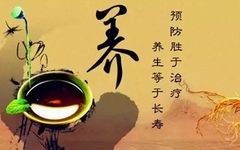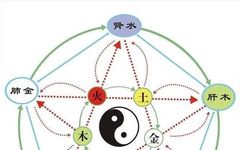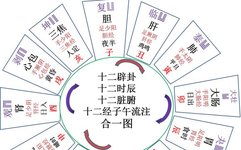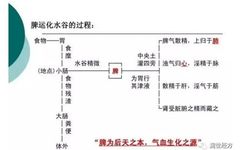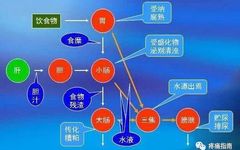The Yin and Yang of the Five Zang and Six Fu Organs in Traditional Chinese Medicine
The heart (xin), liver (gan), spleen (pi), lungs (fei), and kidneys (shen) are the five Zang organs, which are classified as Yin. The gallbladder (dan), stomach (wei), bladder (pangguang), large intestine (dachang), small intestine (xiaochang), and triple warmer (sanjiao) are the six Fu organs, which are classified as Yang. The function of the five Zang … Read more


